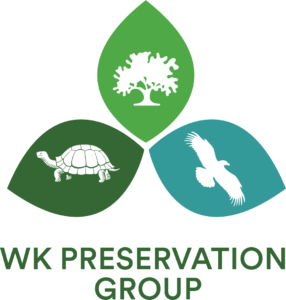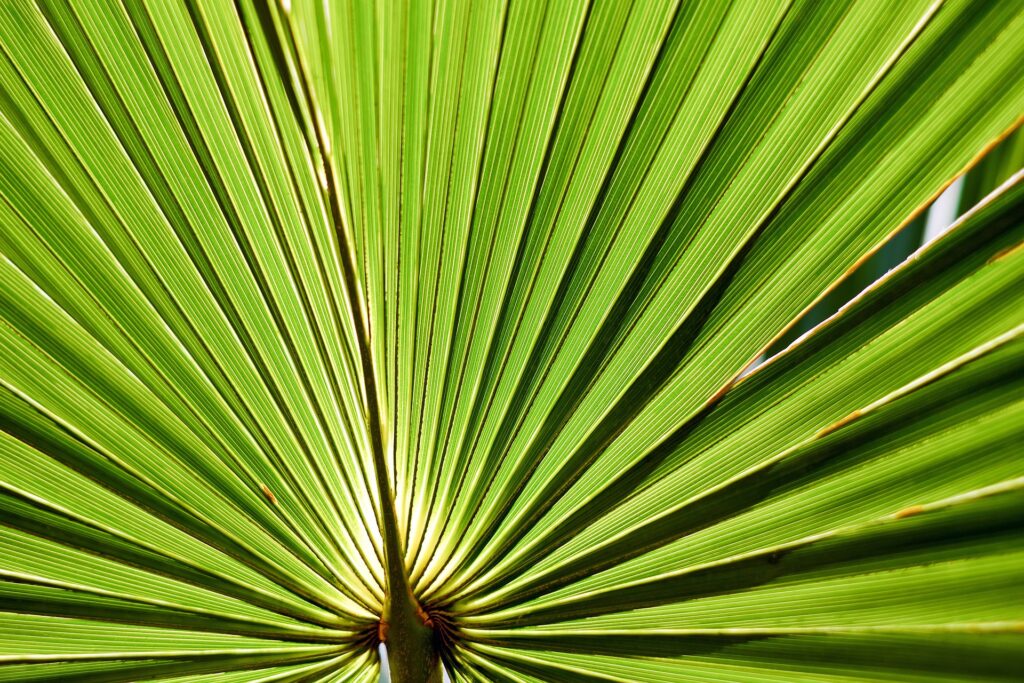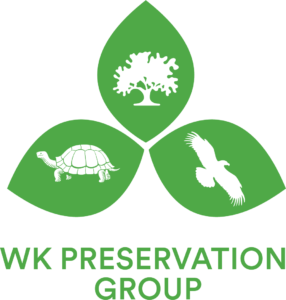I see so many palm trees on our beaches and in our neighborhoods. Are palm trees native to Florida? Are they home to any important species?
Thank you for your question about native palms in Florida. There are approximately 2600 species that naturally occur worldwide, but in Florida we have only 12 species that are native.
Native palms include species that are arborescent (tree-like with visible trunks) or shrub like. All native palms provide important ecological services supporting hundreds of species of insects, birds and animals and have been used for many ethnobotanical uses. They should always be your first choice for a landscape palm, since they, like all native plants properly chosen for your location and growing conditions, are the most adapted and durable. They definitely add a distinctive texture in our gardens.
Cabbage palm, Sabal palmetto, is Florida’s state tree and is present in the West Klosterman Preserve (WKP). Besides cabbage palm, the next most common palm in Florida and also present in WKP is saw palmetto, Serenoa repens. It is a variable plant with green to blue to intense silver coloring in its leaves. Other good native palm choices for landscape are bluestem palmetto, aka dwarf palmetto; Sabal minor, scrub palmetto, Sabal etonia, and needle palm, Rhapidophylum hystrix. These three species grow like shrubs and serve in a great dimension choice and contrast in landscape positions as well as being cold hardy in north Central Florida.
South Florida has more tropical species including royal palm, Roystonea regia, which reaches 120 feet tall in the Everglades. Another palm with clustered trunks is the Everglades or paurotis palm, Acoelorrhaphe wrightii.
Shorter south Florida species are Florida silver palm, Coccothrinax argentata, with its metallic sheen on the underside of its leaves; graceful Florida thatch palm, Thrinax radiata, key thatch palm, Leucothrinax morrisii, buccaneer palm, Pseudophoenix sargentii, (no, it is not a Tampa Bay Buccaneer mascot!). Even though some of these species are from South Florida, many are used in sheltered micro-climate locations in central Florida, and the Everglades palm is mostly cold hardy enough for most central Florida locations.
Some native palms have high to good salt tolerance for coastal settings, which include all of the so-called thatch palms, buccaneer palm, the sabals, and our state tree, cabbage palm.
Sadly, one native and endemic palm is thought to be extirpated from Florida, the Miami palmetto, and Sabal miamiensis. Additionally, Florida thatch palm, key thatch palm and Buccaneer palms are all threatened or endangered in their natural environments because of habitat loss. This fact should make us ALL work hard to preserve the West Klosterman Preserve and all remaining reasonably intact natural areas.
Did you know? There are 19 species of oak trees native to Florida, yet only a couple of species are regularly planted in our landscapes. Six species have been identified in the West Klosterman Preserve and all are ecologically important.
Smaller species, although most are slow growing and harder to find, are better choices for many of our smaller and dry, well-drained urban properties. They would also provide the diversity we should be planting in our landscapes. For alternative oaks to commonly planted live oak and laurel oak, consider blue jack oak, Quercus incana, myrtle oak, Quercus myrtifolia, Chapman’s oak, Quercus chapmanii, or sand live oak, Quercus geminata.
With YOUR help, we can save the West Klosterman Preserve for the future of a healthy and diverse natural community.


